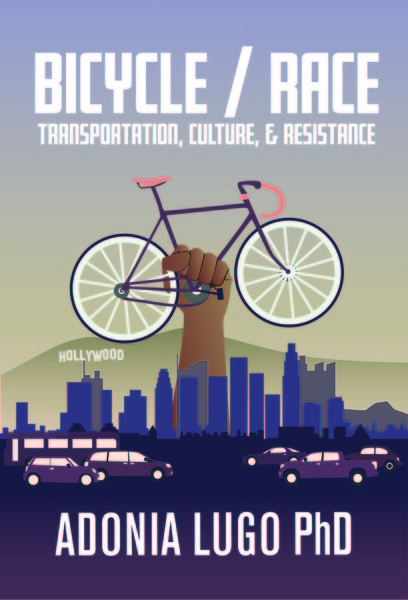Now we´re staying in Teusaquillo, the district west of the international center of Bogotá. Since it´s conveniently located to the cementario central (central cemetery), we finally visited on Tuesday, and even snuck some pictures. However, like the others, the pictures remain imprisoned in the camera or on a thumb drive.
This apartment is very French, at least according to what I´ve seen in my nouvelle vague films, with high ceilings, white walls, a central courtyard with windows facing each other, and cold ass floors. We´ve been having a great time with our host, a language scholar who teaches French and English and sometimes Spanish, though the three at once make his head spin, he said. There have been many conversations about the, um, odd relationship between the United States and Colombia, and our opinions about social justice. And conversations about how the Transmilenio maintains a monopoly on bus service on the routes it serves, so that people can no longer get late night buses on those roads. This is a problem for people who cannot afford taxis, and who used to rely on a colectivo to get them home at 12 am or later. Transmilenio stations stop admitting people at 11 pm, and service ends around that time. Also, there appears to be an issue with corruption regarding the quality of the streets on which they are building Transmilenio lines. Businesses get contracts to repair the streets, and consequently they are not as well constructed as they could be.
If I never explained Transmilenio, it is a system of rapid transit that has bus-only lanes that stop at raised stations (paradas) in the middle of the street. You enter with a ticket (1.500 pesos, about 75 cents, which is higher than the price of a colectivo bus, 1.150), so it has many features of a metro system but without the massively expensive infrastructure. Since the buses run on the surface, the ride is much more interesting than a subway ride. The whole system is very easy to use, and runs extensively throughout the city. They are in the process of planning new lines, like ones on two major streets that are not yet covered by the system, and there are similar systems in other cities in Colombia. I am fully convinced that a system like this is more amenable to the needs of Southern California than underground rail.
We´ve been enjoying a music festival this week at the Universidad Nacional called the Semana Colombo-Catalán, which brings together musicians and composers from Cataluña and Colombia. On Monday we went to a contemporary chamber music concert that was far too intellectual to be entertaining musically, but yesterday we heard a wonderful recital by a Spanish harpist. It took place in the Capilla (chapel) of the school, a mid-century building much to our liking. I think Bobby plans to write a post about the architecture we´ve seen in Bogotá, and it´s really a nice city to look at.
Today maybe we´ll go to a botanical garden in the parque central. Bogotá´s central park is the biggest in a Latin American city. We visited the park last week, and saw many kite-eating trees. Charlie Brown´s worst nightmare!

